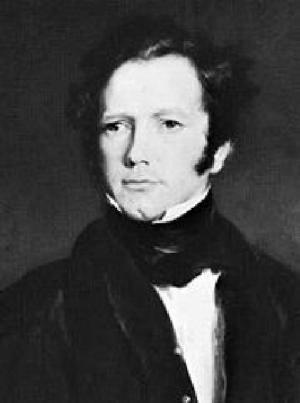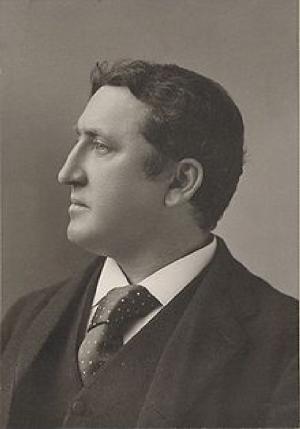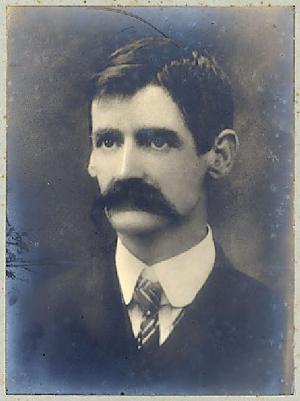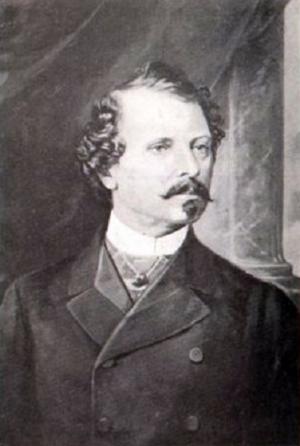| Author: | W. E. Haslam | ISBN: | 9781455300761 |
| Publisher: | B&R Samizdat Express | Publication: | December 15, 2009 |
| Imprint: | Language: | English |
| Author: | W. E. Haslam |
| ISBN: | 9781455300761 |
| Publisher: | B&R Samizdat Express |
| Publication: | December 15, 2009 |
| Imprint: | |
| Language: | English |
"In listening to a Patti, a Kubelik, a Paderewski, the reflective hearer is struck by the absolute sureness with which such artists arouse certain sensations in their auditors. Moreover, subsequent hearings will reveal the fact that this sensation is aroused always in the same place, and in the same manner. The beauty of the voice may be temporarily affected in the case of a singer, or an instrument of less aesthetic tone-quality be used by the instrumentalist, but the result is always the same. What is the reason of this? Why do great artists always make the same effect and produce the same impression on their public? Why, for instance, did the late Mme. Tietjens, when singing the following passage in Handel's _Messiah_, always begin with very little voice of a dulled quality, and gradually brighten its character as well as augment its volume until she reached the high _G_-[sharp] which is the culmination, not only of the musical phrase, but also of the tremendous announcement to which it is allied?"
"In listening to a Patti, a Kubelik, a Paderewski, the reflective hearer is struck by the absolute sureness with which such artists arouse certain sensations in their auditors. Moreover, subsequent hearings will reveal the fact that this sensation is aroused always in the same place, and in the same manner. The beauty of the voice may be temporarily affected in the case of a singer, or an instrument of less aesthetic tone-quality be used by the instrumentalist, but the result is always the same. What is the reason of this? Why do great artists always make the same effect and produce the same impression on their public? Why, for instance, did the late Mme. Tietjens, when singing the following passage in Handel's _Messiah_, always begin with very little voice of a dulled quality, and gradually brighten its character as well as augment its volume until she reached the high _G_-[sharp] which is the culmination, not only of the musical phrase, but also of the tremendous announcement to which it is allied?"















